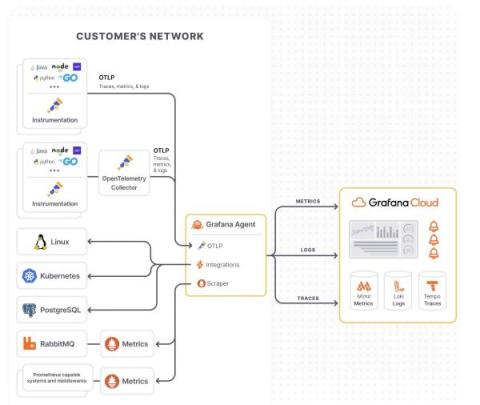Grafana Labs in 2023: Top 10 moments of the year
If you ask us to score 2023, we would give it a 10 out of 10. Not only because we released Grafana 10 and celebrated the 10-year anniversary of the Grafana project with the first-ever Golden Grot Awards and the launch of a four-part documentary series.











